Of people and whales ... and of the European Union
Adelina Marini, July 13, 2010
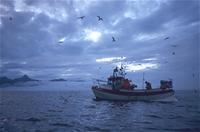 As euinside wrote several times so far, one of the major problems facing Iceland's bid for EU membership would be whaling. This problem has been explicitly mentioned in European Parliament's resolution of last week, in which the MEPs called on Iceland to stop whaling. But how serious this matter really is, we asked the Icelandic Ministry of Fisheries and Agriculture.
As euinside wrote several times so far, one of the major problems facing Iceland's bid for EU membership would be whaling. This problem has been explicitly mentioned in European Parliament's resolution of last week, in which the MEPs called on Iceland to stop whaling. But how serious this matter really is, we asked the Icelandic Ministry of Fisheries and Agriculture.
According to the answer, Icelandic economy is almost entirely dependent on the catch of living marine resources and fisheries. For the last ten years, fisheries constituted 56% of Iceland’s revenue from exported goods and 37% of Icelandic exported goods and services.
What is the situations with whales?
Whaling has been a traditional part of Iceland’s history, providing an important dietary component throughout the ages. Because of the lack of various foods Icelandic cuisine relies mainly on marine food and lamb and is therefore quite creative. Long before any international agreements on whale conservation the Icelandic Parliament (Althingi) banned all whaling on species larger than minke whales in 1915. This decision is a result of a period of overexploitation from foreign land-stations in Iceland during the period 1883-1915. The moratorium lasted, with short exceptions (1935-1939), until 1948 when a license was given to a single land-station.
When commercial whaling was halted in 1986 it had a negative economic and social impact on communities dependent on whaling. In the years 1986-1989 Iceland conducted a scientific research programme, including a limited number of fin and sei whales. No whaling was conducted in the period of 1990-2002. During 2003-2007 Iceland initiated the common minke whale research program, including a total of 200 common minke whales in this period.
 On the basis of these research programmes the country has decided to continue sustainable whaling for a period of five years. Within this period the Marine Research Institute will at least annually provide information about the current whale population. The Icelandic Ministry of Fisheries and Agriculture specified that the data is also based upon the information, provided by the International Whaling Commission and the North Atlantic Marine Mammal Commission (NAMMCO).
On the basis of these research programmes the country has decided to continue sustainable whaling for a period of five years. Within this period the Marine Research Institute will at least annually provide information about the current whale population. The Icelandic Ministry of Fisheries and Agriculture specified that the data is also based upon the information, provided by the International Whaling Commission and the North Atlantic Marine Mammal Commission (NAMMCO).
According to the latest scientific data, the fin and minke population around Iceland has reached the pre-exploitation levels. Currently the Total Allowable Catch for fin whales is 150 animals per year and up to 200 if catches are more widely spread.
In conclusion, the Ministry's official position is that Iceland's policy on 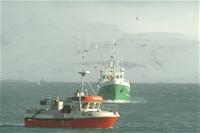 maintaining the future health, biodiversity and sustainability of the ocean surrounding Iceland, in order that it may continue to be a resource that supports and promotes the nation’s wellbeing. This involves conservation and management of the resources based on scientific knowledge and guided by respect for the marine ecosystem as a whole.
maintaining the future health, biodiversity and sustainability of the ocean surrounding Iceland, in order that it may continue to be a resource that supports and promotes the nation’s wellbeing. This involves conservation and management of the resources based on scientific knowledge and guided by respect for the marine ecosystem as a whole.
It is yet to be seen whether this position will be enough for the European Union during the negotiation process, which is expected to start next year.
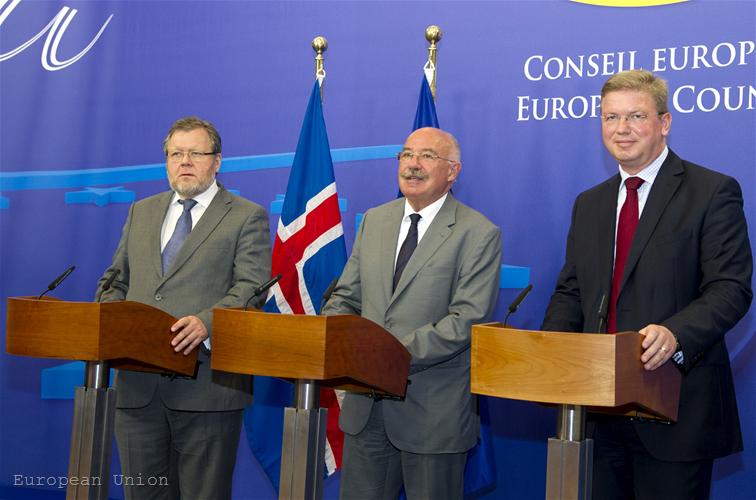 | © European Union
| © European Union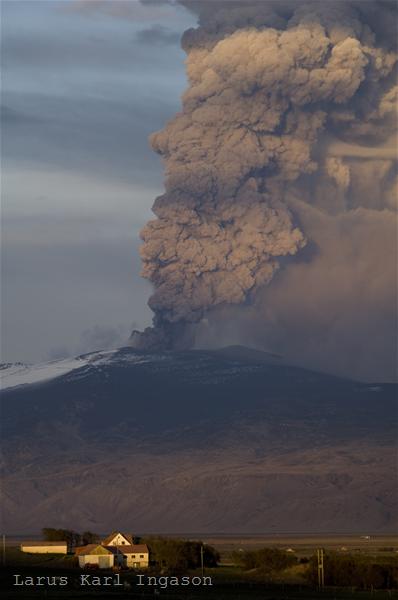 | © Larus Karl Ingason
| © Larus Karl Ingason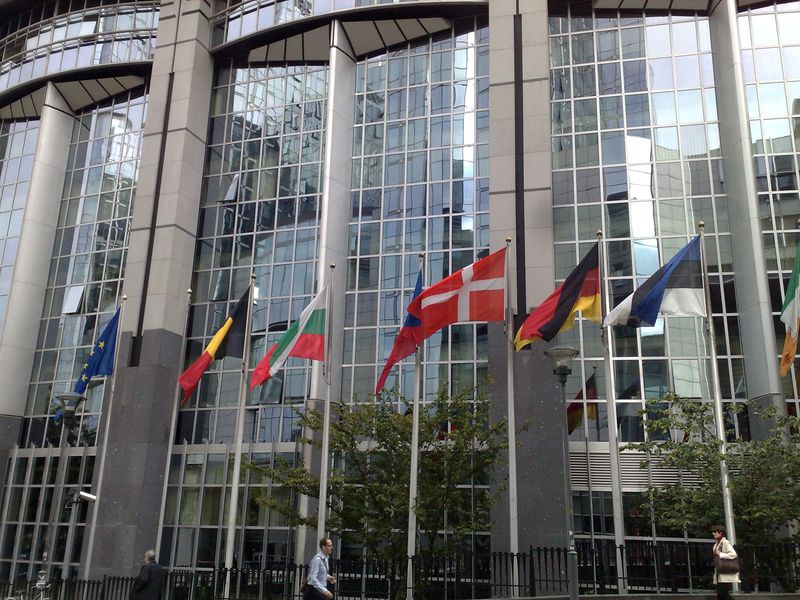 | © euinside
| © euinside